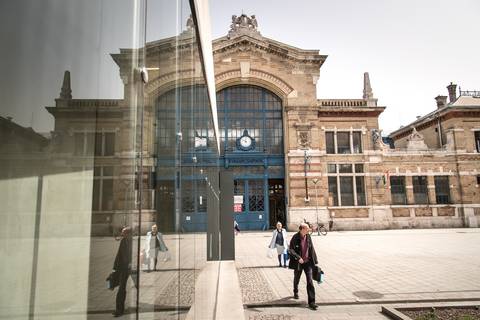A ferry across the Danube, a hillside climb, fascinating history and amazing scenery – just some of the things to look forward to when visiting lofty Visegrád Citadel.
Visegrád can be reached from Budapest by car or bus but for a little adventure on the way as well, take the train to Nagymaros, then cross the Danube by ferry. This hourly service may only take 15 minutes but the view will be worth it.
The small walk from the quay to the castle leads through Rév, Nagy Lajos and Mátyás király utca, then from Pázmány utca into Magasköz utca, the names of the streets echoing prominent historical figures. From there, you only have to follow the marked path of the National Blue Trail.
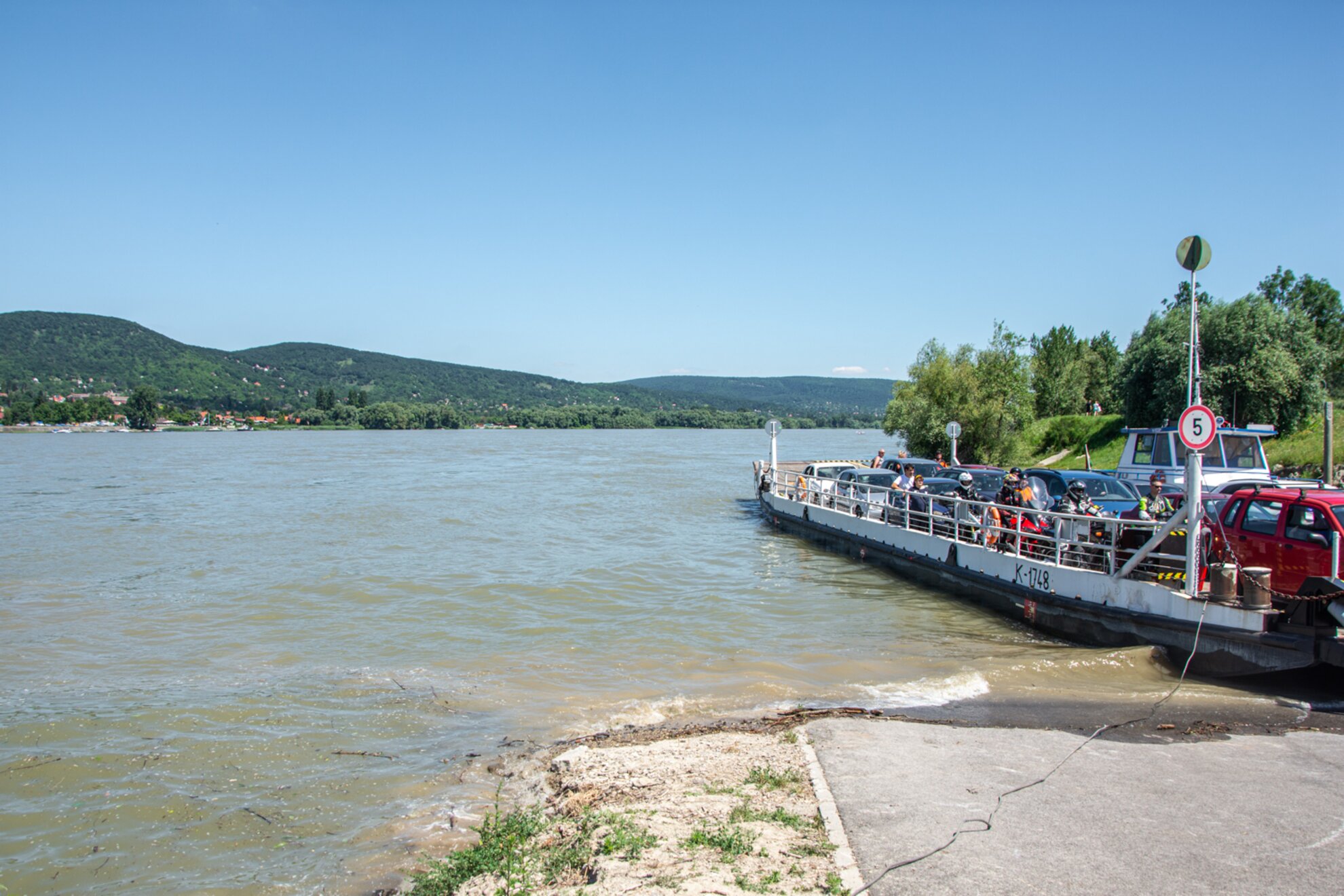
The citadel stands high on the hilltop, but Solomon’s Tower near the river below was also part of the fortification system, along with the royal palace once belonging to the ruler’s residence. The area was inhabited in the Bronze Age, and one of the most important fortresses of the Roman Empire, the Pannonian Limes, stood on a nearby hill.
During the Middle Ages, the importance of the area increased: Queen Mária, wife of King Béla IV, initiated the construction of the citadel in the mid-13th century, but its political significance reached its apex under the Anjou dynasty, specifically under Charles I of Hungary.
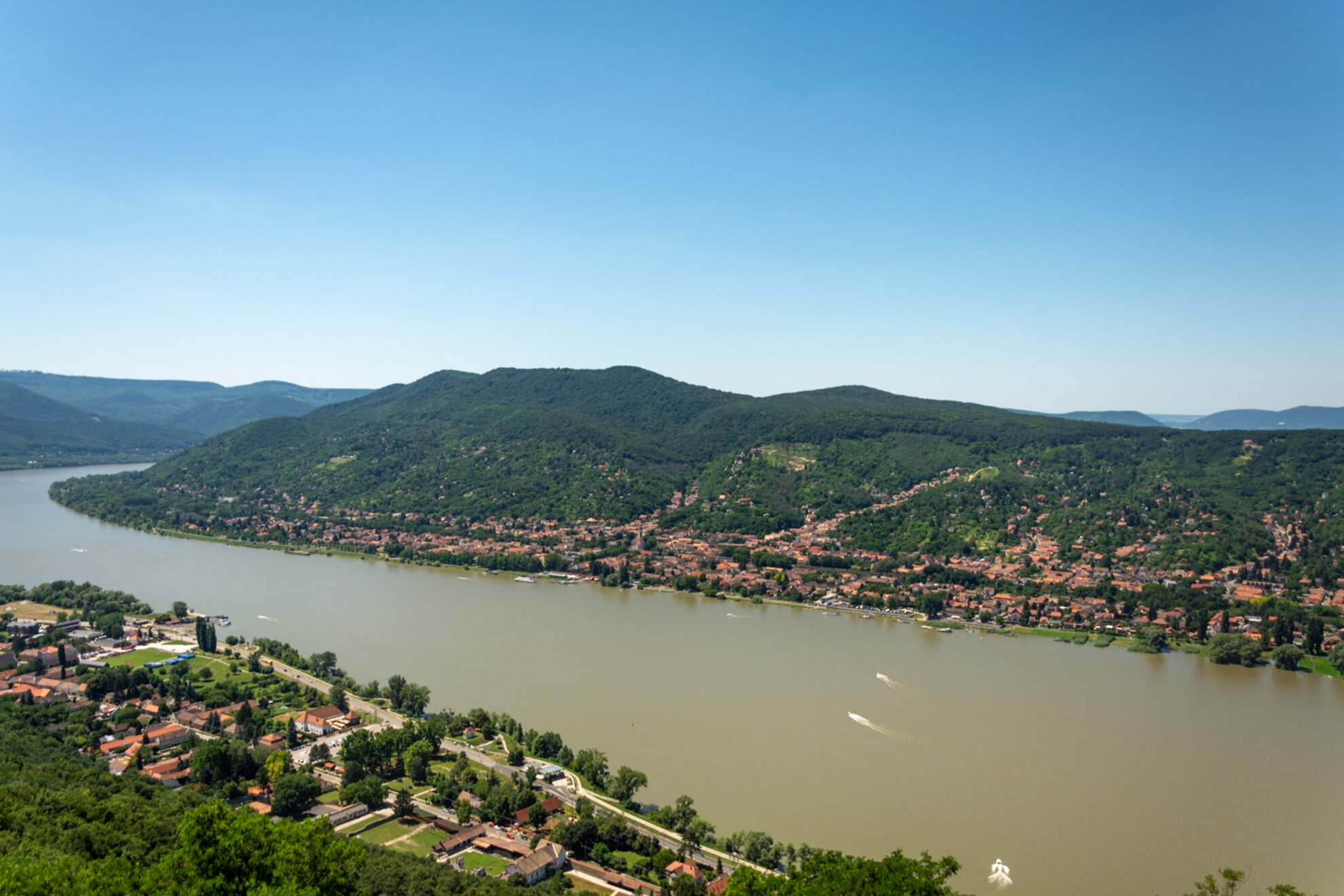
The king and his family suffered an attempted assassination attack at the riverfront palace, which injured the queen. As a result, quite horrific acts of revenge followed by the royal family, as told in later ballads. A street with the name of Klára Zách, one of the attacker’s daughters who most suffered the consequences of the incident, bears the memory of this piece of history.
The famous Congress of Visegrád also took place under the rule of Charles I, bringing the monarchs of the Hungarian, Czech and Polish kingdoms together in allegiance. An agreement was reached by the rulers to protect their nations, and strengthen their independence from Vienna and the Habsburgs.
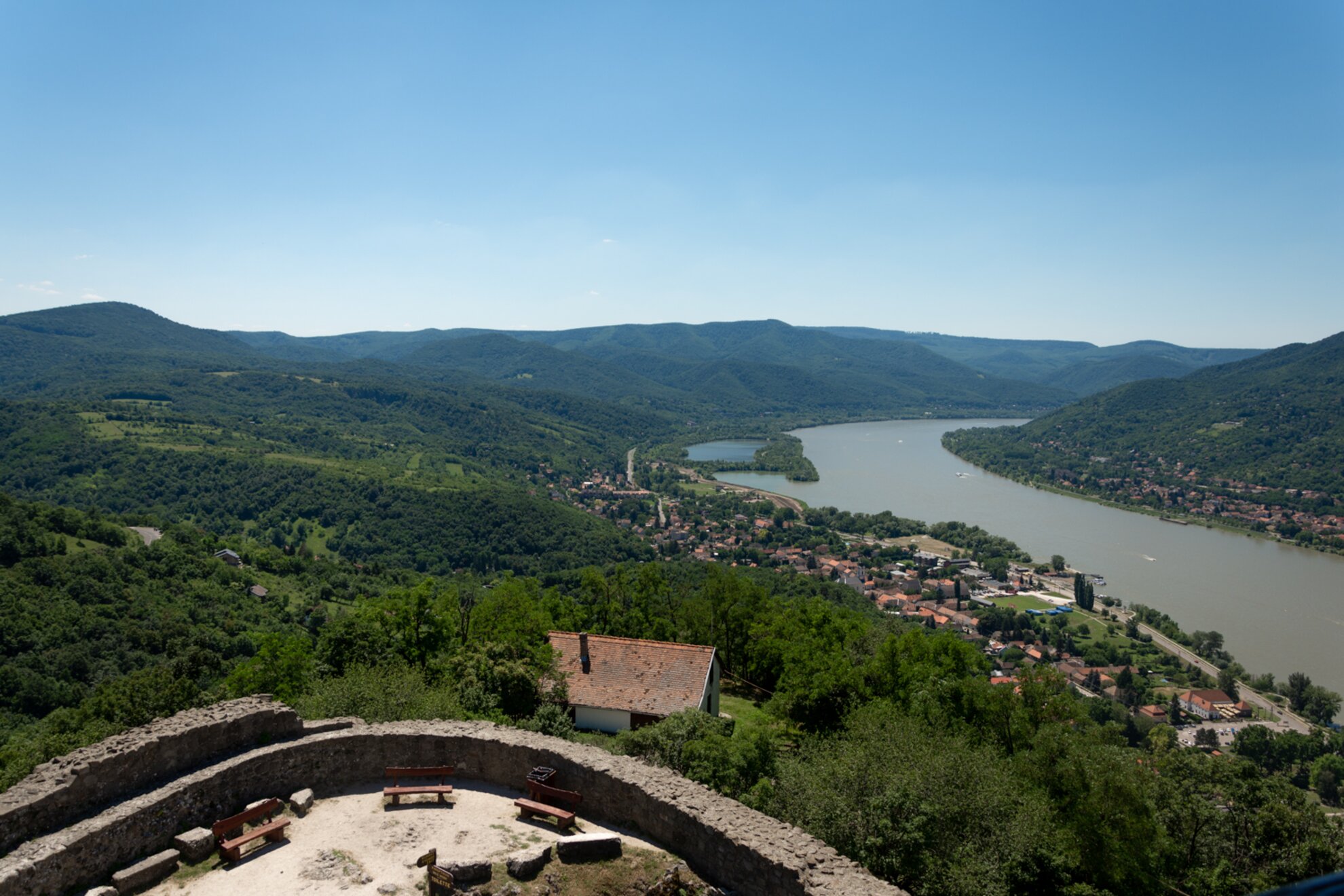
The golden accoutrements for Hungarian coronations were guarded in the castle at this time, and were stolen by one of the handmaids before the coronation of child king László V, in the winter of 1440. Finally, these symbols were moved from the castle in 1529, when the threat by the Ottoman Empire intensified. During the years of Turkish occupation, both the physical condition and the importance of the castle deteriorated, and it was eventually blown up during Hungary’s efforts to recapture its territories.
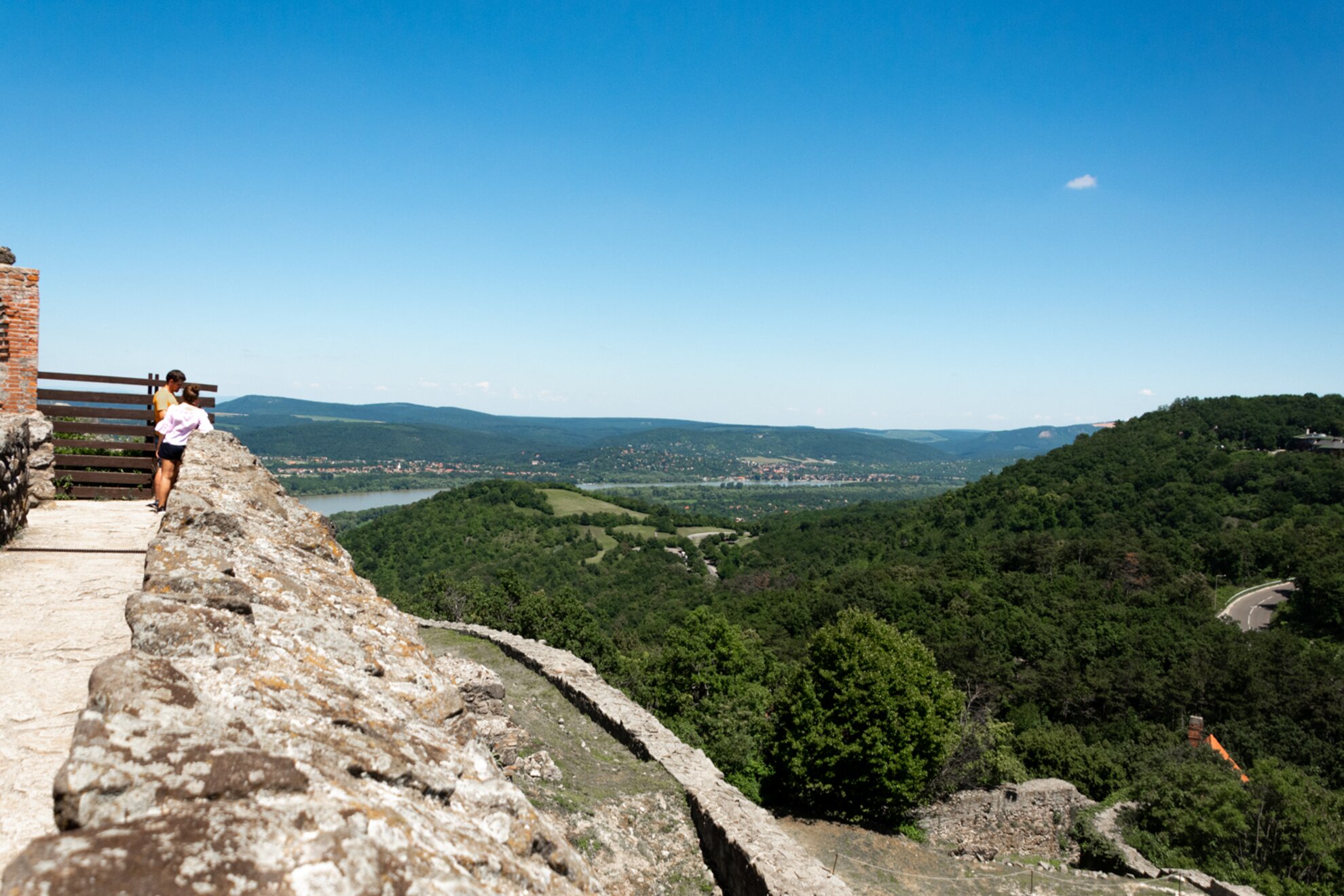
The area’s second flourish can be traced back to the 19th century, when archaeological excavations took place, and the introduction of a steamboat meant a surge in tourism. Prospering ever since, the Danube Bend is a favoured destination from all over Hungary.
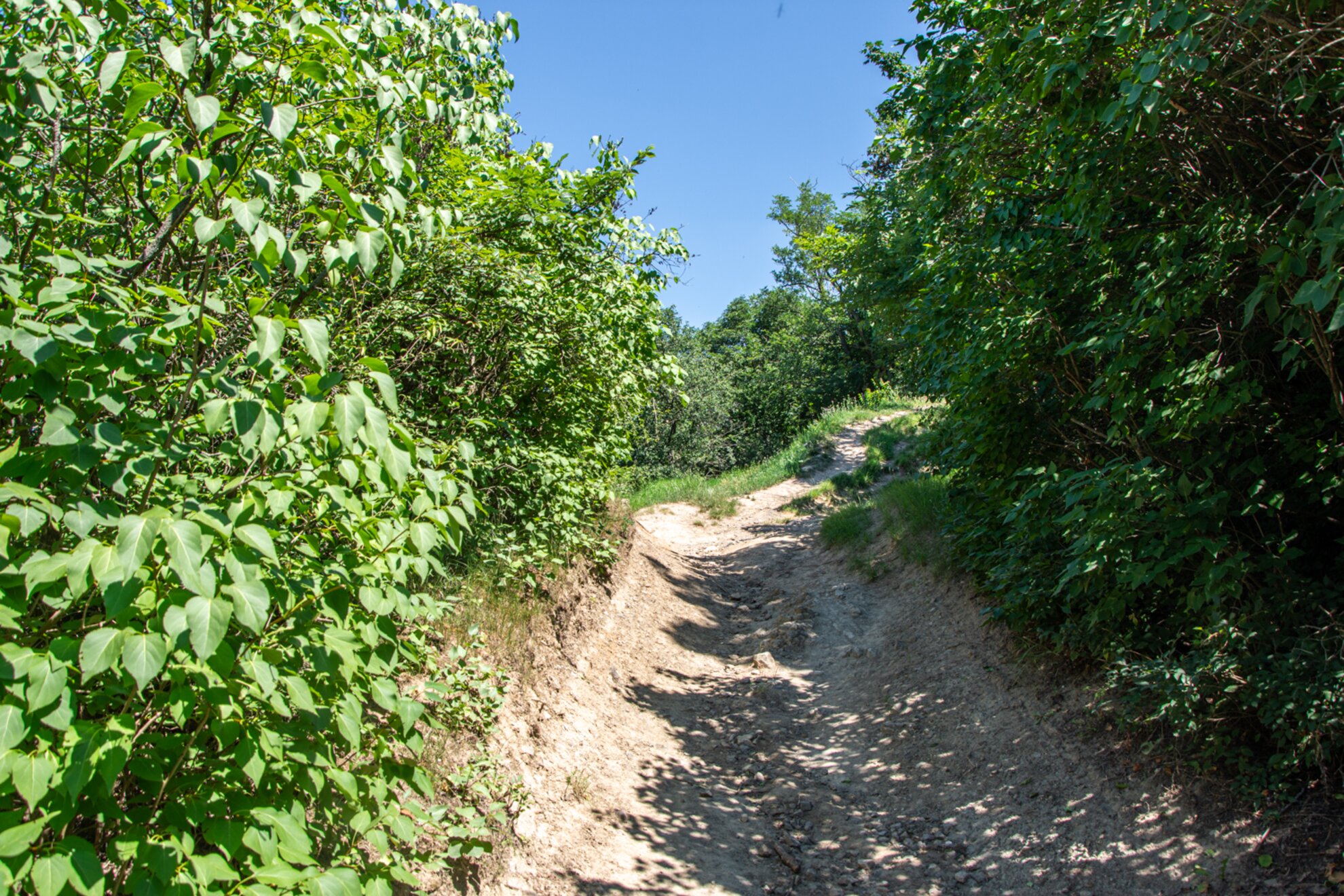
With all this knowledge in mind, you can set out in intrepid fashion for the good 40-minute climb up the hillside - even if it is steep in places, luckily you can find some shade and, of course, that winning panorama. At the beginning of the trek, your path leads past a crucifix, then a small chapel, from where the ground becomes a little steeper and stonier. Although the hike can be completed without special hiking shoes and equipment, it is worth arriving in decent sports shoes at least.
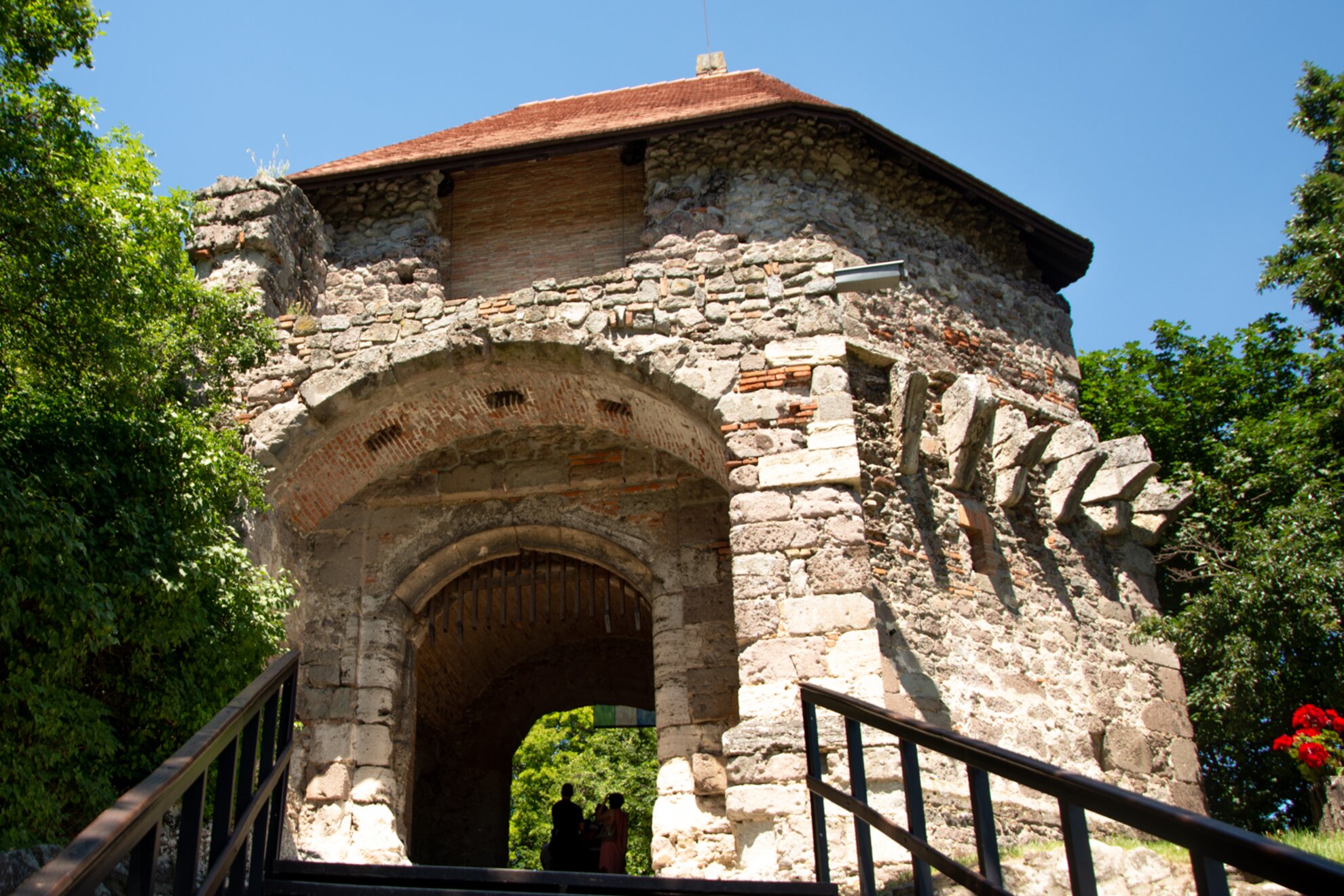
Arriving at the top of the hill, as soon as you get out of the woods, you find a drinking fountain by the car park and, turning left, you can already see the entrance to the citadel, where admission is charged. It’s worth it for the wonderful panorama alone, across the verdant Börzsöny hills opposite and the Danube Bend, as well as to the top of the island of Szentendre. Within the castle walls, you can try your hand at archery.
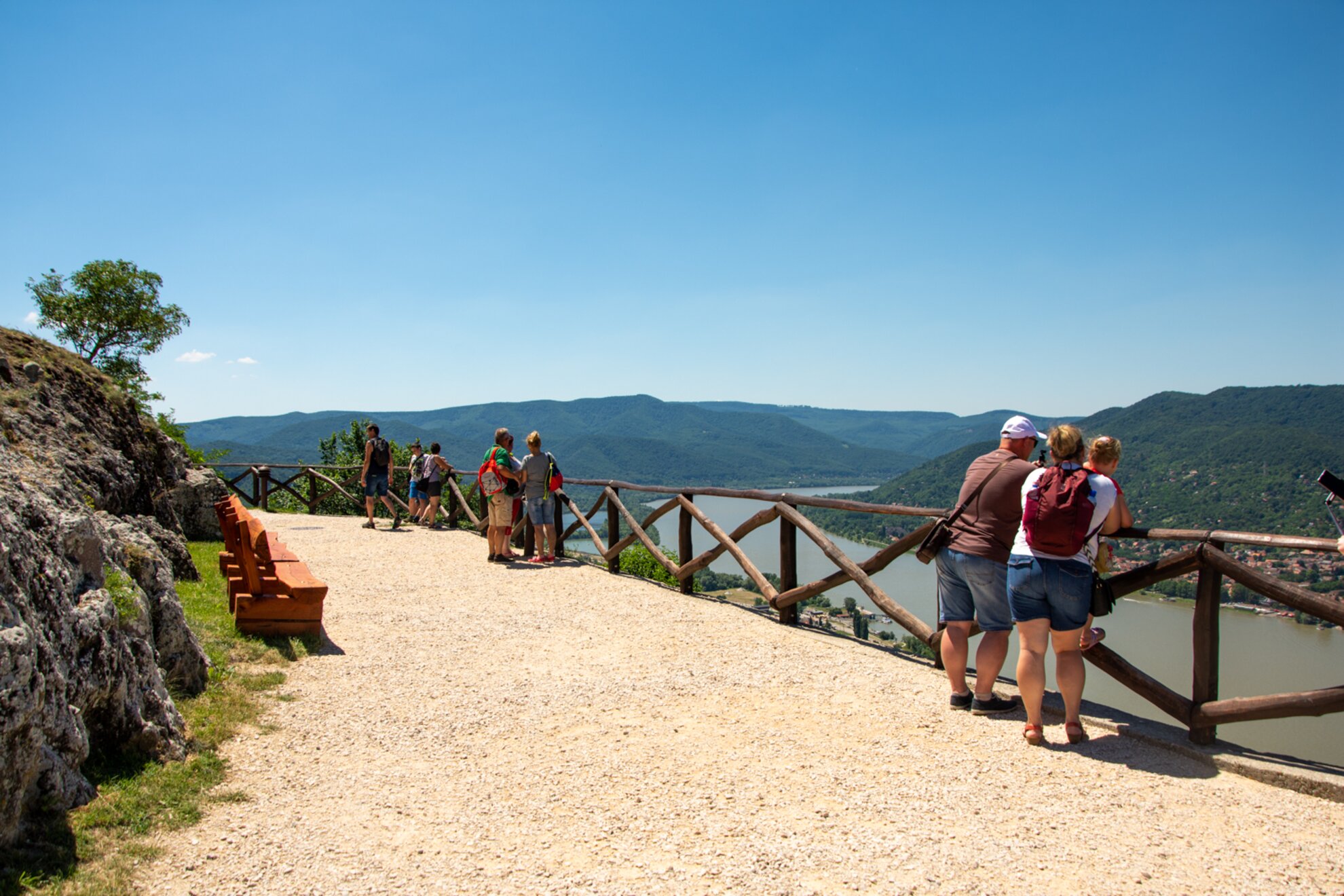
From the citadel, you can easily walk to Nagy-Villám, at 377 metres the highest peak in the Visegrád area. From the top rises the Zsitvay lookout tower built in 1933, with a bobsleigh course just below.
On the way back, you can take in the monument to Artúr Görgei, a brilliant general branded a traitor by Hungarian leader Lajos Kossuth. He settled here in Visegrád in his dotage, mainly engaged in gardening, his house pointed out by Danube ship captains to their passengers.




